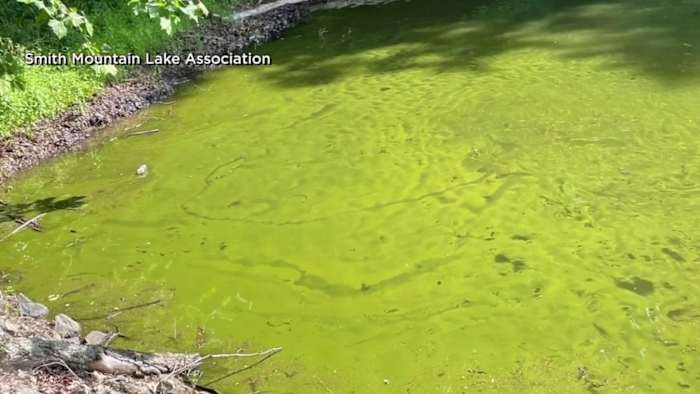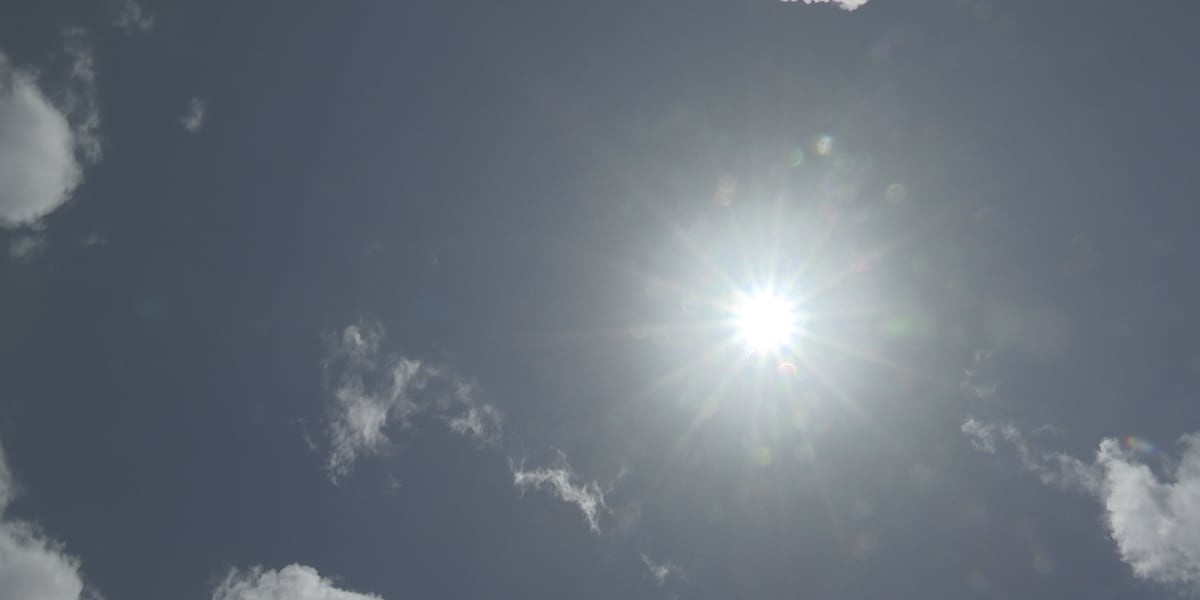Smith Mountain Lake & Beyond: Virginia Shifts HAB Testing to Focus on Toxicity, Not Algae Count

Good news for lake lovers in Virginia! The Virginia Department of Health (VDH) is streamlining its monitoring of Harmful Algal Blooms (HABs) across the state, including the popular Smith Mountain Lake. A significant change is underway: the VDH is switching its testing approach to prioritize toxicity assessment rather than measuring the sheer concentration of cyanobacteria, often referred to as blue-green algae.
Why the Change? For years, the VDH has monitored both cell counts and toxin levels in lakes. However, research increasingly shows that toxin presence, not just cell density, is the key indicator of potential health risks to humans and animals. A lake can have a relatively low algae count but still contain dangerous toxins, and conversely, a high algae count doesn't always mean significant toxin presence. This new method aims to provide a more accurate and targeted assessment of risk.
What Does This Mean for You? The shift means that VDH scientists will primarily analyze water samples for the presence of microcystins, the most common toxin produced by cyanobacteria. While they will still collect data on algae cell counts, it won't be the primary focus. This allows for more efficient use of resources and a quicker response to potential threats.
Smith Mountain Lake – A Key Focus Smith Mountain Lake, a vital recreational and economic resource for the region, will continue to be a priority for HAB monitoring. This change in testing protocols will allow the VDH to focus its efforts on detecting and responding to potential toxin risks, ensuring the lake remains a safe and enjoyable destination.
What Should You Do? Even with the new testing approach, it's crucial for lake users to remain vigilant. Here are some important precautions:
- Heed Posted Warnings: Always pay attention to any posted advisories or closures regarding water quality.
- Avoid Contact When Blooms are Visible: If you see a visible algal bloom (green, blue-green, or reddish scum) on the water’s surface, avoid swimming, boating, or allowing pets to enter the water.
- Don't Drink Untreated Water: Never drink untreated water from lakes or ponds.
- Rinse Off After Contact: If you do come into contact with water that may contain HABs, rinse off thoroughly with clean water.
Stay Informed: The VDH will continue to provide updates on HAB conditions through its website and other channels. Check for the latest advisories before heading out to the lake.
This change in testing methodology represents a significant step forward in protecting public health and ensuring the long-term health of Virginia’s lakes and waterways. By focusing on toxicity, the VDH can provide more targeted and effective monitoring of HABs, benefiting both residents and visitors alike.





